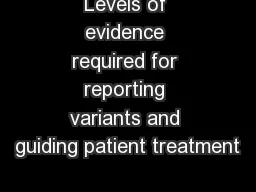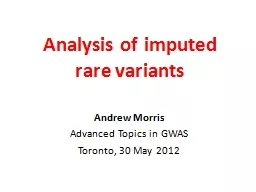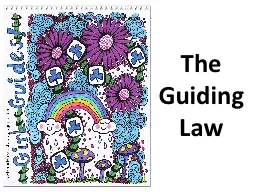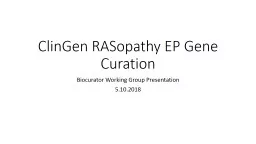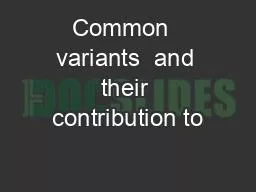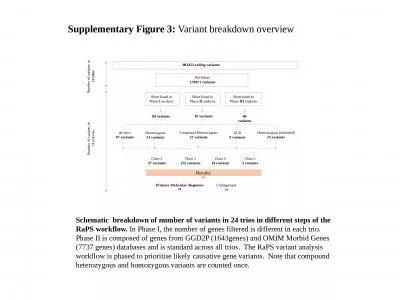PPT-Levels of evidence required for reporting variants and guiding patient treatment
Author : phoebe-click | Published Date : 2018-11-05
Dr Howard L McLeod Medical Director DeBartolo Family Personalized Medicine Institute Chair Department of Individualized Cancer Medicine Senior Member Division of
Presentation Embed Code
Download Presentation
Download Presentation The PPT/PDF document "Levels of evidence required for reportin..." is the property of its rightful owner. Permission is granted to download and print the materials on this website for personal, non-commercial use only, and to display it on your personal computer provided you do not modify the materials and that you retain all copyright notices contained in the materials. By downloading content from our website, you accept the terms of this agreement.
Levels of evidence required for reporting variants and guiding patient treatment: Transcript
Download Rules Of Document
"Levels of evidence required for reporting variants and guiding patient treatment"The content belongs to its owner. You may download and print it for personal use, without modification, and keep all copyright notices. By downloading, you agree to these terms.
Related Documents

